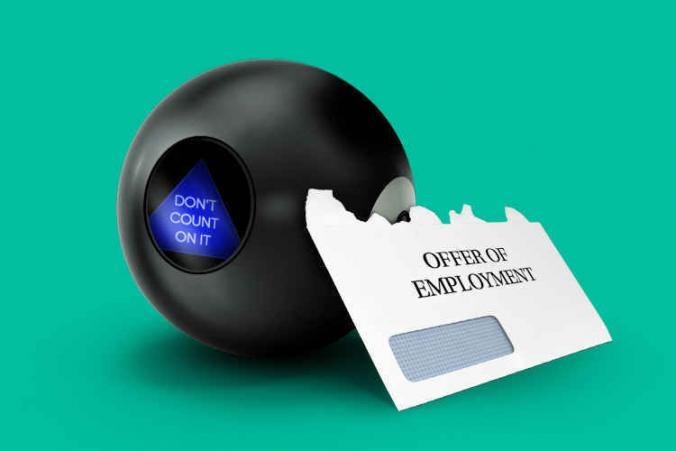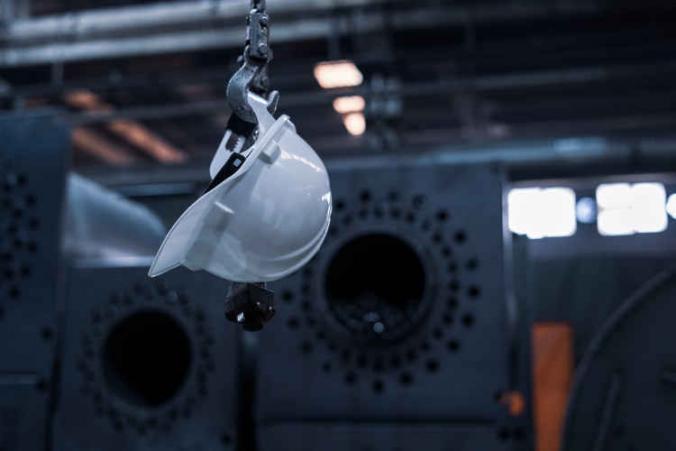After a work injury or occupational disease, people with an L&I claim or workers’ compensation claim might have medical conditions that impact their ability to return to work. We refer to workers incapable of working during their recovery as temporarily and totally disabled. These workers receive time-loss compensation benefits, which is a type of wage replacement. When the Department of Labor Industries (L&I) pays time-loss compensation benefits, it negatively impacts L&I insurance rate for the employer. Consequently, L&I created alternative programs and incentives to help employers improve their rate. In this article, we cover the topic of light duty work. It’s one such incentive program for employers.
Light duty work and job offers
For one, L&I offers cost reimbursement to employers. Here, employers are eligible to recoup costs when they accommodate employees after a work injury and offer them a light duty job. L&I refers to this program as Stay at Work (WA-SAW). Explicitly, if a work injury claimant has limitations because of claim-related conditions, the employer can offer a job that fits within those limitations. Interestingly, L&I considers a light duty job as valid if it meets the following criteria:
1) The work injury claimant must have limitations because of conditions that relate to their workers’ compensation claim. These limitations must impact their ability to work.
2) The employer must submit a written (and detailed) job description for the light duty job to the attending physician.
3) The attending provider must approve the light duty job in writing.
After the criteria are met, the employer can make a light duty job offer to the worker. Light duty job offers vary significantly between employers and industries. For example, grocery stores frequently offer stockers or checkers light duty jobs as door greeters. Also, another good example is sedentary office work. Furthermore, if the wages for the new job are 5% less (or lower) than the worker was making before, then the worker can apply for loss of earning power benefits.
The economic incentives of this program are advantageous to employers. In fact, the program has many other benefits too. For one, after a work accident, it helps keep employers and employees connected during the recovery process. Furthermore, it creates less ambiguity concerning the work status of the employee. These advantages are only realized when the program is used for the right reasons. Unfortunately, too frequently, that is not the case.
The reality of light duty jobs in some L&I claims
I have seen employers offer light duty “jobs” such as watching safety videos for the entire work shift. I’ve also seen light duty “job” offers that involve sitting at a desk doing nothing. Clearly, these are not legitimate light duty jobs and the sole intention behind them is to save costs. Sometimes, employers ask workplace injury claimants to perform duties outside the details in their job description. Other times, employers require the worker to perform tasks contraindicated by explicit medical limitations. Realistically, many complain about harassment and intimidation while trying to perform light duty jobs.
Some employers tell light duty job employees to schedule medical appointments and treatments outside work hours. This can be difficult if not impossible. Finally, many workers are placed under a performance microscope while doing light duty work. For example, when the employer writes them up for clocking in a minute late. Another example is when the employer writes them up for playing a game on their cell phone out of sheer boredom because the light duty work was a do-nothing desk job. Yet another, is writing up the employee because he or she places their swollen foot on a desk shelf to reduce pain and swelling, while performing a do-nothing job. These are all real-life examples. Surprisingly, when you inspect personnel records, one must wonder why this excessive performance oversight didn’t happen prior to the work injury or occupational disease.
Advocating for people with a workers’ compensation claim
In the past, employers and administrative workers called me out for my criticism of L&I programs like WA-SAW. Proponents of the program cite studies, charts and data showing that early return to work (even in light duty capacity) dramatically reduces long term disability. I don’t dispute these findings. I too, want workers I represent to regain their quality of life, including their full wage-earning potential, as quickly as possible. However, I believe that the WA-SAW program is often misused and fails to accomplish its intended goals.
Too often, when employers use the program solely for cost savings without any regard to the feelings or needs of the work injury claimant, I see workers sour towards their employer. I see work environments become hostile, mental health conditions develop, and L&I claims become unnecessarily contentious. It’s for that reason that I will continue to advocate for a more worker centric overhaul of these incentive programs.


